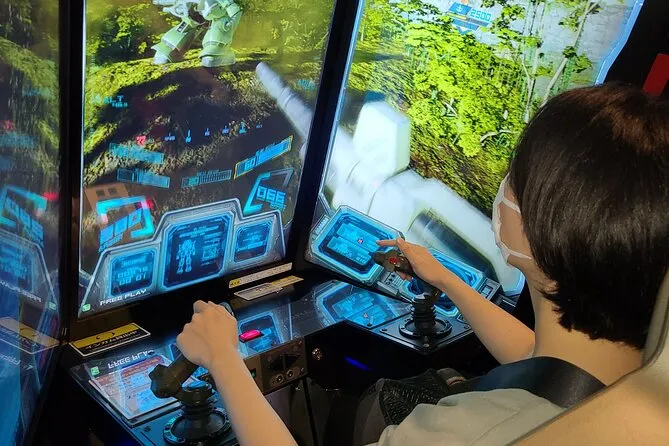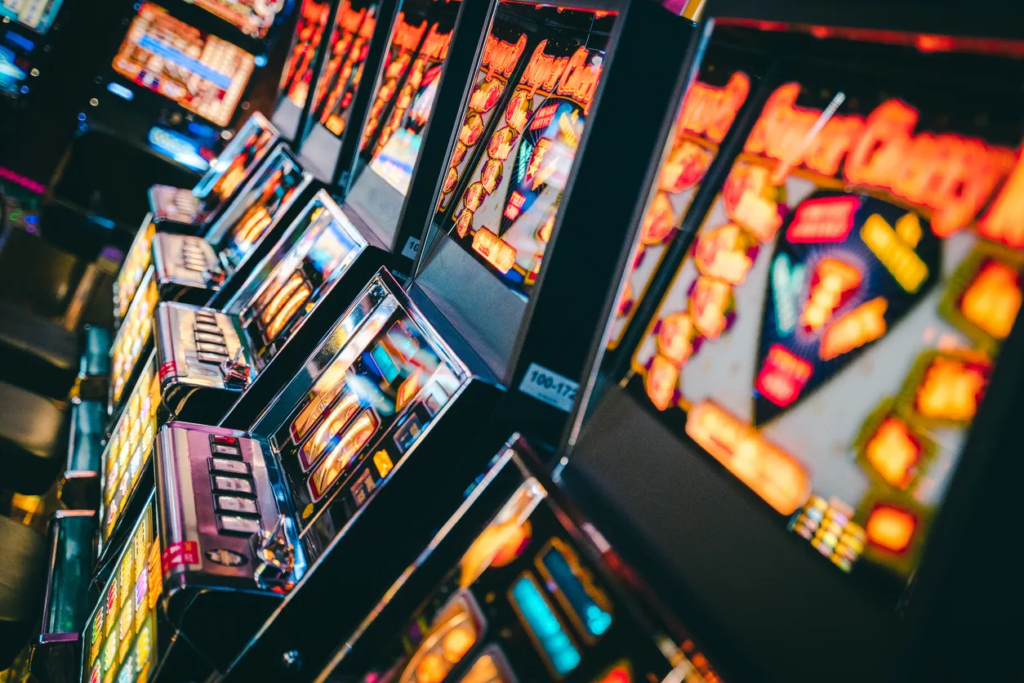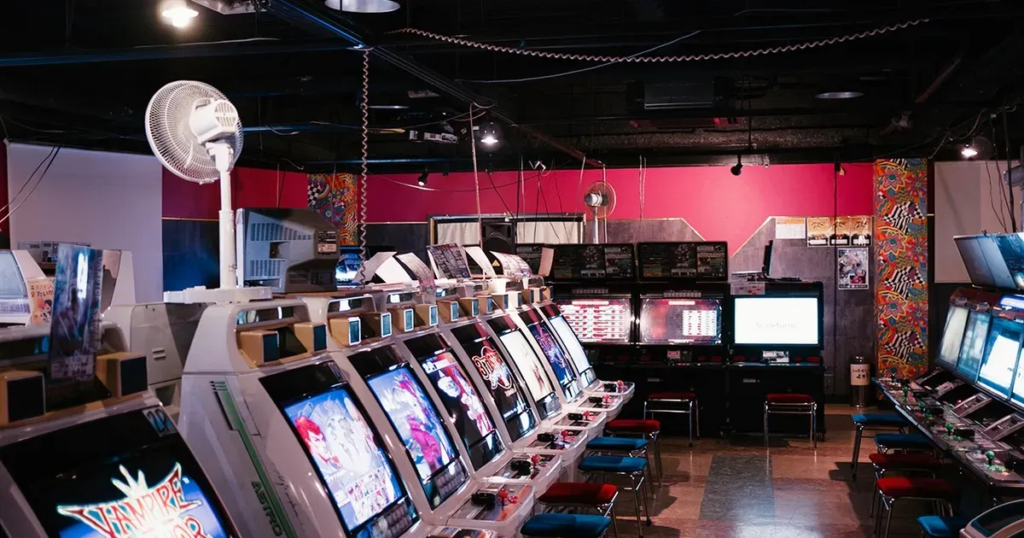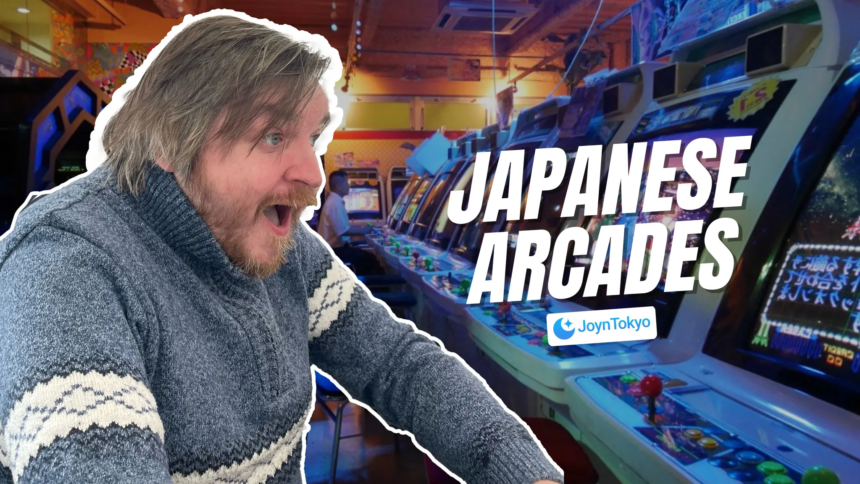For video game enthusiasts, one of the tragedies of the new millennium has been the death of the arcade. Once a hub of flashing lights, exciting noises, and a community of like-minded gamers, the rise of home consoles and their ability to create gaming experiences equal to their arcade counterparts has led to many either turning into micro-casinos, with slot machines and small penny-pushing amusements, or going out of business entirely.
However, that is not the case in Japan. Arcades are still flourishing, with Tokyo absolutely heaving with them, and even smaller cities having many. But what are they like? Is it only Dance Dance Revolution machines? Let me tell you about my experiences going to arcades in Japan.
Insert Coin: The First Arcade I Visited

When I first came to Japan in 2005, I was living in Nishio, a small city in Aichi Prefecture. One day after work, a friend of mine invited me along with other friends to go to an arcade. I’m used to arcades being a decent sized room with a few games, dominated by shooters and dancing games (both of which I love). So I was amazed to see two floors of games. Yes, the dance machines and shooters were there, but also new fighting games, the now famous Taiko no Tatsuji drum games, and cabinets from the GuitarFreaks series: the arcade game that let you play guitar to popular songs long before Guitar Hero was even a glint in PlayStation 2 owners’ eyes.
Not only that, but it had two floors of games. I’d never seen an arcade like it before. That is, until I later moved to Tokyo, where I quickly learned how naive I had been.
Bright Screen Lights, Big City: Akihabara Arcades

Now taken over by GIGO or Bandai Nambo, for decades the SEGA arcades were a Mecca for gamers who wanted an arcade experience, and it’s easy to see why. The Nambo Akihabara Arcade (formerly SEGA Buliding 4) has six floors of arcade machines. The first two, like many arcades, are dedicated to claw and crane games. These cheap and cheerful distractions are, inevitably, a little bit rigged: you’re unlikely to ever get that coveted Nintendo Switch or giant Pikachu plushie. But for smaller prizes, winning is definitely possible. I’ve even seen someone accidentally win: they put their coin in the wrong slot, moved a crane they weren’t looking at, and managed to bag a small keychain toy.
The next few floors are filled with rhythm games, card-based games (where you can save progress by inserting a card) and even horse-race betting games. These are places where you can indulge your dancing, drumming, or even button smashing habit, and you may even find some people who are genuine savants. One thing that surprised me was that so many people who use these machines wear small white gloves. Apparently, this is both for hygiene reasons (so that germs on one’s hands cannot be given to others, as well as protecting your own) and to prevent abrasions or even callouses, which as anyone who played the first Mario Party on the Nintendo 64 can tell you is a very real danger.
The sixth floor is dedicated to retro games, and it’s here that you can play old-school fighters in particular, as well as racing and shooting games. I totally love this floor: getting a chance to play games that vanished from my country’s arcades long ago is a joy, and I’ve even played fighting games here on a date. It also has VR games, but I’ve not tried any of them.
Old-School Thrills

Although these larger arcades do have retro games, there are specialist arcades that cater to those who want to feel as though they’ve literally gone back in time. One such jewel is the Takadanobaba Mikawa Game Center. Filled with arcade cabinets from the 70s and 80s, anyone nostalgic for simpler times before VR and NFC toys, it has a large number of classic games, pinball machines, and old-school slot machines.
Feeling the itch myself, I went to check it out one day, and after a five minute walk from Takadanobaba Station, I was there. It’s amazing: I felt like I was transported back decades. There were various machines from my youth: Virtua Fighter, Sega Rally, and even the original GuitarFreaks, along with its sister-series, DrumMania. There were also some of those classic big games, with cockpits for pilots, and guns for snipers.
It’s a two-story arcade, and upstairs there were cabinets filled with old fighting games, including earlier iterations of Guilty Gear and Street Fighter II. It’s a very famous arcade, and a friendly staff member told me that they hold monthly tournaments for certain games, including the aforementioned Virtua Fighter, and even host major tournaments for games such as Samurai Spirits.
I also discovered that it’s best to get there early: even when it opens at 10am, people will go into the arcade to play some of the rarer and more immersive retro games (usually students from the nearby Waseda University). They also sell merchandise so you can have a keepsake of your visit, including items with their mascot, Mikado-chan. Or if you want to leave your mark, write something in their notebook (a quick look through reminded me of how artistic many Japanese people are, with terrific fan art of Mikado-chan).
The only thing that they’ve changed recently is the smoking policy: once you could smoke with abandon, but now there is one cubicle big enough for one person, so you might have to go outside.
Final Thoughts: Continue?
Arcades in Japan are a combination of the nostalgic and the novel. The feel of walking into a space just for gaming brings back fond memories, and more so if it’s a retro arcade. But there’s also the joy of discovering new games that you can’t get at home, with large, immersive cabinets and exciting gimmicks. I can’t think of many better places to spend ¥100 at a time.





